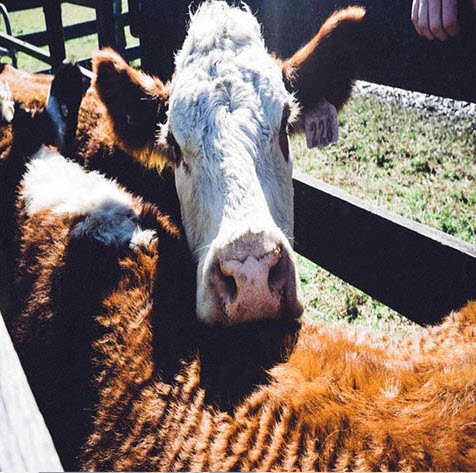All ferries are operated by Birdon Ferries. To check if they are running, either check the live camera below, or call 1300 247 366

The St Albans Commons is situated on an alluvial flat extending upstream on Mogo Creek from the junction with the Macdonald River.
The Commons, which was set aside in 1824 for use by settlers and their descendants, is managed by trustees as an area with commons grazing rights. The geology of the area includes Hawkesbury Sandstones to the south, with sandstones, shales and conglomerates of the Narrabeen Group dominating in the north parts.
The Common itself comprises a grassy valley floor formed by the alluvial flood plain of Mogo Creek which is flanked by steep slopes with open eucalypt woodland.
The wetlands of the common include a freshwater pond system, probably originally a very old tributary of the Macdonald River that has become blocked with silt.
The ponds are linked during periods of flooding. The ponds are shallow (to 3m). Wetland vegetation associated with the ponds includes emergent species: tall spike rush (ELEOCHARIS SPHACELATA), CYPERUS EXALTATUS, JUNCUS USITATUS and PERSICARIA species and aquatic (submergent) species.
The wetland area provides habitat suitable for waterbirds. Aquatic fauna which occur in the region include fish: long finned eel (anguilla reinhardtii), Nepean herring (pomatolosa richmondia), Australian smelt (retropinna SEMONI), spotted minnow (galaxias MACULATUS), mosquito fish (gambusia AFFINIS), striped gudgeon (gobiomorphus AUSTRALIS), Cox’s gudgeon (gobiomorphus COXII), empire fish (hypseleotris COMPRESSA), big headed gudgeon (philypnodon grandiceps) and philypnodon species and invertebrates.
The fertile flood plains in the river valley were cleared for agricultural purposes during the first half of the nineteenth century. In some areas the original swamps remain. The wetlands may be susceptible in the longer term to impacts from grazing and fertiliser use in surrounding areas, including adjacent upland areas. Introduced species which occur at the place include the goldfish (Carassius AURATUS)